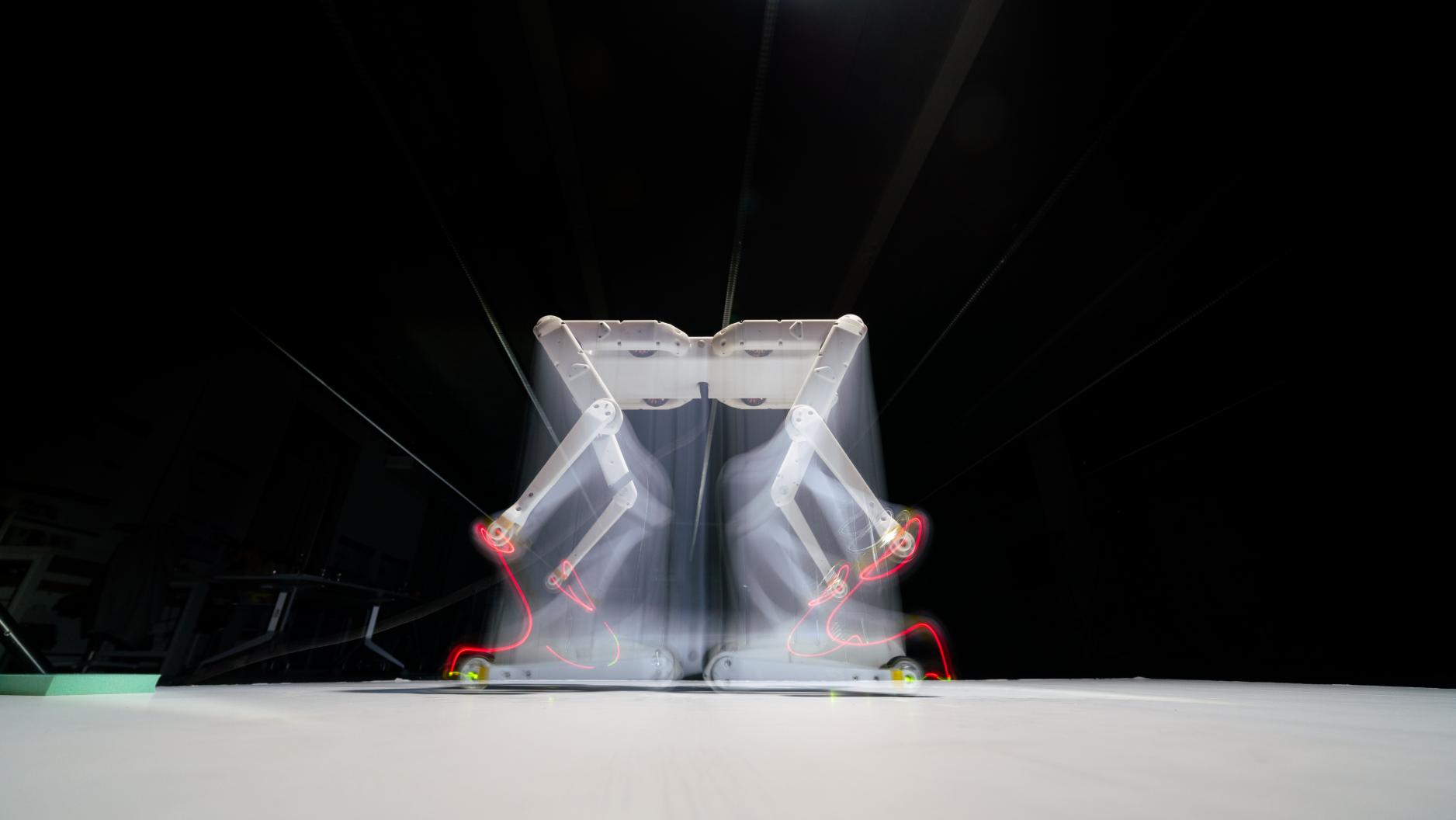Open-source, low-cost, quadruped robot makes sophisticated robotics available to all
17. 6. 2020 | NYU Tandon School of Engineering | engineering.nyu.edu
Robots capable of the sophisticated motions that define advanced physical actions like walking, jumping, and navigating terrain can cost $50,000 or more, making real-world experimentation prohibitively expensive for many.
Now, a collaborative team at the NYU Tandon School of Engineering and the Max Planck Institute for Intelligent Systems (MPI-IS) in Tübingen and Stuttgart, Germany, has designed a relatively low-cost, easy-and-fast-to-assemble quadruped robot called “Solo 8” that can be upgraded and modified, opening the door to sophisticated research and development to teams on limited budgets, including those at startups, smaller labs, or teaching institutions.

Solo 8’s functionality, including torque-controlled motors and actuated joints, allows it to behave like far more expensive robots: it can, for example, perform jumping actions, walk in multiple configurations and directions, and recover orientation, posture, and stability after being overturned. Additionally, all the components of Solo 8 can be either 3D-printed or bought in a shop, and the construction files are freely available online under the BSD 3-clause license, enabling other scientists to leverage the modular set-up when prototyping and developing their own technology.
Read more at NYU Tandon School of Engineering
Image Credit: NYU Tandon School of Engineering
-jk-




